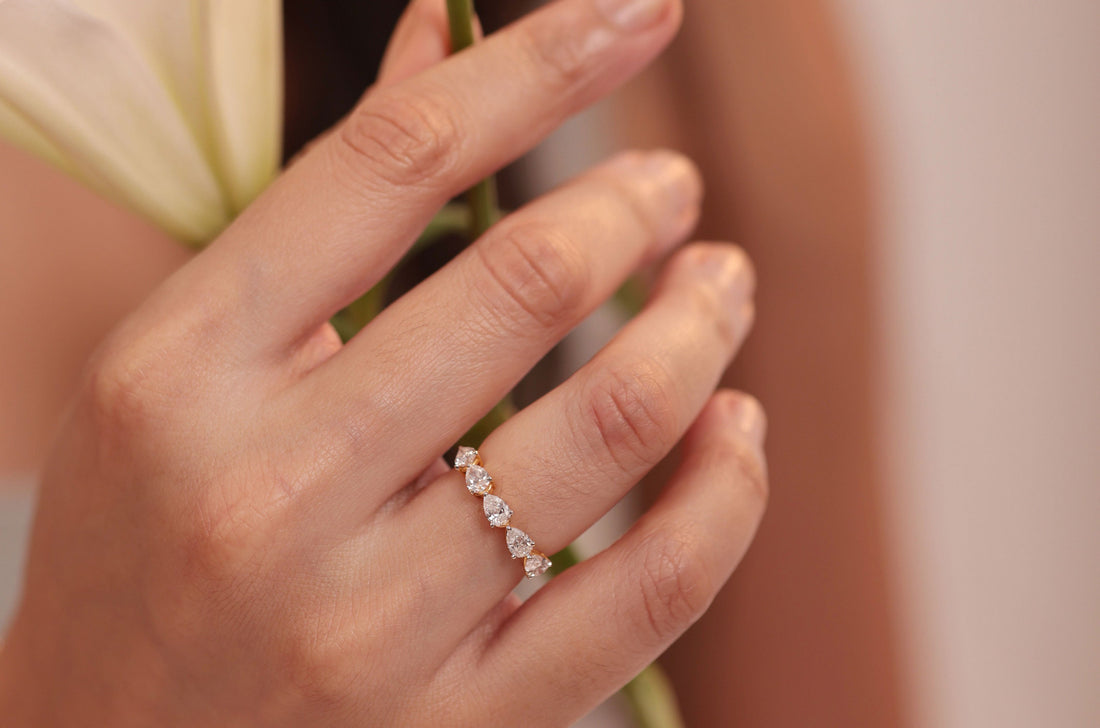
Environmental Benefits of Choosing Lab Grown Diamonds
Share
For decades, the glittering diamond has carried a hidden cost—one often measured in environmental destruction. Traditional diamond mining has left behind scarred landscapes, deforestation, and significant carbon emissions. Vast tracts of land are dug up, ecosystems disrupted, and water bodies contaminated in the relentless search for these stones. With mounting global concerns over climate change and ecological damage, consumers are increasingly questioning whether beauty should come at such a price.
Thanks to technological breakthroughs, there is now a smarter, more responsible choice: lab grown diamonds. These stones are physically, chemically, and optically identical to mined diamonds, but they are created in controlled laboratory environments. By simulating the natural conditions under which diamonds form in the Earth’s mantle, scientists can grow diamonds that sparkle just as brightly—without the destructive footprint of traditional mining.
What Are Lab Grown Diamonds?
Lab grown diamonds, sometimes called cultured or engineered diamonds, are produced using advanced methods such as High Pressure High Temperature (HPHT) or Chemical Vapor Deposition (CVD). These processes replicate the natural diamond-growing environment but in a matter of weeks rather than billions of years. The result is a real diamond—one that can be cut, polished, and set in jewelry—without the heavy toll on the environment.
Key Environmental Benefits of Lab Grown Diamonds
1. Lower Carbon Footprint
Mining operations require heavy machinery, explosives, and significant energy, leading to massive greenhouse gas emissions. By contrast, lab grown diamonds consume considerably less energy, especially when renewable sources like solar and wind are used in the production process. This results in a significantly reduced carbon footprint, making them a far more sustainable option.
2. Water Conservation
Mining diamonds is water-intensive. Traditional mining often diverts or depletes local water sources, creating scarcity in already fragile ecosystems. Lab grown diamonds, on the other hand, use only a fraction of the water required in mining. In an era when water scarcity is a pressing global issue, this conservation is not just beneficial but essential.
3. Ethical and Transparent Sourcing
While the environmental impacts are critical, the social implications of mined diamonds cannot be ignored. Many mined diamonds have historically been linked to exploitative labor practices and conflict zones. Lab grown diamonds, however, offer complete transparency in sourcing. Because they are created in labs with documented processes, consumers can be assured that their purchase supports ethical and environmentally responsible practices.
A Smarter Future for Luxury
Choosing a lab grown diamond is more than a purchase—it is a statement. It reflects a commitment to sustainability, responsibility, and conscious consumption. By opting for a diamond that shines without scarring the planet, consumers are helping to reshape an industry once synonymous with destruction into one aligned with innovation and care for the Earth.
In the end, beauty should not come at the planet’s expense. With lab grown diamonds, we have the rare opportunity to enjoy luxury that is both dazzling and sustainable—a true win for both people and the planet.




